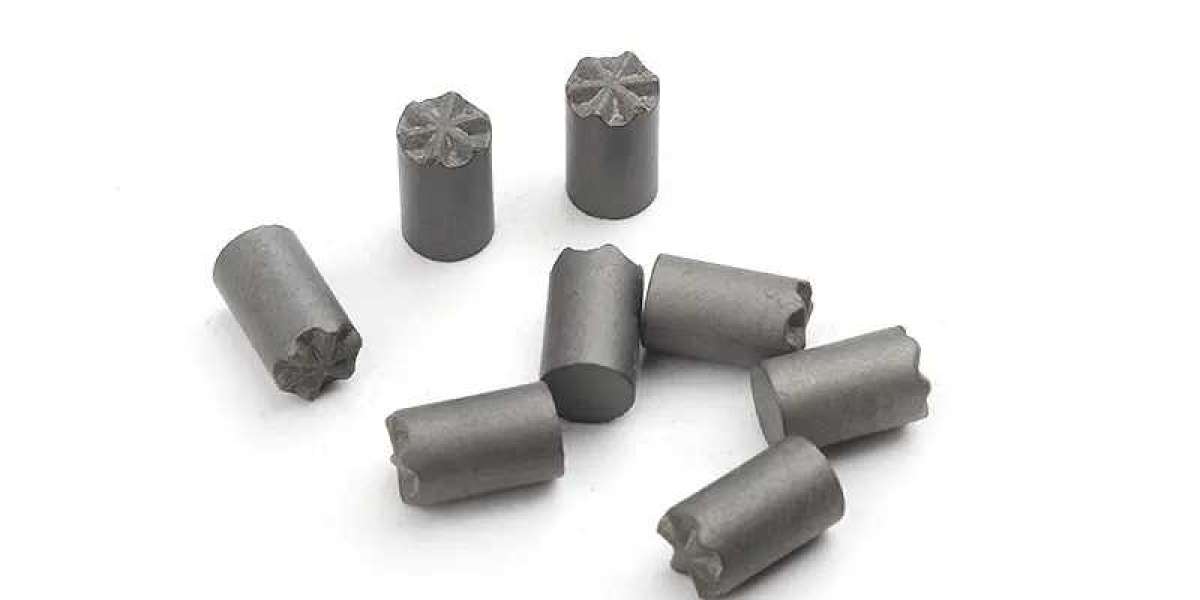For many centuries, the pashmina shawl has been recognized as a mark of wealth, style, and culture. The cold weather accessories are, however, said to have originated in the hilly areas of Nepal and northern India where the under hair of the Changthangi goats is turned into beautiful pashmina shawl. Geographically, the birthplaces of shawls and pashminas are traced in South Asian countries, their audience has since transcended beyond borders and is being accepted in various cultures. The global penetration of pashmina shawl will be studied along with how it came to be represented in different countries and cultures, and how it has managed to stay relevant.
The origin of Pashmina Shawl
The Changthangi goats, which live in the Himalayan mountains at 15,000 feet and above, are the original breeders of the pashmina shawl. Part of the reason these wraps are so appealing is the delectable warmth these animals produce in the centre of winter. Techniques were developed for spinning the hair of these goats into strands for weaving, as early as the world's prehistoric ages which led to the fine crafts of making these timeless pieces that became extremely soft, lightweight, and warm. A shawl or pashmina is more than simply a piece of clothing; it is a valuable work of art which can take days to weeks to create, which is how complex the patterns can be
In the past, shawls used to be worn solely by the royal courts and turned into a status symbol. The great craftsmanship in weaving by hand and the great work invested in making such shawls meant that those shawls could only be within the reach of the upper class. Yet, throughout the decades, the pashmina shawl has made its way to people of all categories of society cutting across socio-economic status and has become a fashion of the world.
The Pashmina Shawl in South Asian Culture
For South Asian countries, especially India and Pakistan, the pashmina shawl has interesting importance. These shawls have been partly worn by both men and women for centuries as decoration. In these places, the shawl is not merely a useful article of clothing but a useful piece that is rooted in the culture and history of the people.
The tradition of making shawls and pashminas in Kashmir has been cultivated over the years and of late, made famous with Kashmir shawls. Kashmir shawls are treasured for their elaborate embroidery, and details including the well-known Sozni and Aari needlework styles. A pashmina shawl is also embellished with bright-coloured designs portraying nature including flowers, animals and birds, among others. Because these designs are woven into the cloth itself, the artisans make sure that the creations are wearable and attractive in many ways.
The pashmina shawl has also been an indispensable garment for brides in South Asia. It is customary for a bride’s wedding trousseau to have a pashmina shawl simply because it warms, protects, and provides prosperity. These shawls are treasured possessions transferred from one generation to subsequent generations and are often more than simply decorative.
The Pashmina shawl has a global reach as well.
As time went by, the pashmina shawl went beyond a single region and South Asia and became a global fashion statement. In the 19th and 20th centuries when international trade and travel intensively began, the shawl began to draw the attention of many people of fashion across Europe and the US. They are now adorning the necks of both men and women complimenting their style and extravagance. Soon after the mark of pashminas and shawls became perfectionism, Queen Victoria and Jackie Kennedy wore shawls as a compliment to fashionable things.
As of today, the pashmina shawl is widespread in many cultures around the globe. To western society, the pashmina shawl is a wrap during evening wear or it is worn on both informal and formal attire for style enhancement. This allows it to be worn with evening dresses, jeans, t-shirts and many other garments. A pashmina shawl is much sought after by many fashionistas due to its feel and beauty that is out of time.
Pashmina shawls in Middle Easter Society
Middle Eastern society has also been influenced by the admiration of the pashmina shawl, which has turned into one of the staples in the region’s fashionable collections. Pashmina shawls are worn in countries including Dubai, Qatar, and Saudi Arabia during colder seasons for both aesthetic and functional purposes. Over here, the shawl does not simply serve its primary function to keep the wearer warm but is rather also an accessory to showcase opulence.
In addition, the Middle Eastern pashmina and shawls are embellished with intricate designs, patterns and adornments that are distinguished by gold threads or studded and sequined pieces. These shawls are mostly worn when attending weddings, festivals or other occasions that warrant the need to wear such together with other dresses to make the entire outfit look elegant.
Pashmina Shawls In Western Fashion
In Western cultures, the pashmina shawl has been included in various clothing collections for its stylish look and can be worn in multiple ways. Unlike many other fabrics that are commonly made for only seasonal wearing, pashmina is one such fabric that can be worn any day in the year. From added flair during evening events draped on shoulders to aiding warmth in chilly temperatures, pashmina shawls have become delicate charms in every closet.
There’s an increasing interest for exquisite shawls and pashmina thermal wraps where consumers are on the lookout for genuine pashmina and hand embroidered shawls. From time to time, pashmina has been embedded in many Western fashion brands and designers collections and at this point, it’s firmly set within the global fashion domain. The continuous demand for pashmina clothes has also been precipitated by the rapid advancement of eco-friendly clothing designs since it is a resource, which if taken care of, can last for countless years.
The Pashmina Shawl in The Modern World
The cultural richness intertwined with globalization only means it’s easier for the pashmina shawl to reach the masses, and as expected, it is beginning to find homes all across the world. Apart from the fact that shawls have always been a clothing accessory, in contemporary designs, shawl and pashmina have also found their usage. There was a time when Pashmina was only reserved for blankets, cushions, and bedspreads because of its popularity and countless benefits of insulation. This enables people to enjoy the luxury of pashmina in their houses and its grandeur as a sign of affluence is raised once more.
The increasing popularity of pashmina has also pushed the development of ethical manufacturing. The artisans creating these shawls are often members of fair trade organizations and thus the workers are eligible to a reasonable wage and good working conditions. Identifying the artisans and buying the original pashmina shawl allows the customers to appreciate the fine craft as well as the true essence of pashmina. At TCG London you can find a variety of Pashmina shawls.
Conclusion
Most importantly, the pashmina shawl has been an integral part of the world’s culture for centuries. It originates from the Himalayas where it has managed to gain international popularity making it a luxurious item synonymous with class, culture and craft. The nature of the shawl and its pashmina guarantees it will be worn for several seasons to come, combining utility and aesthetics. To sum up everything, the pashmina shawls are beautiful accessories which suit any outfit and make for a meaningful gift. Checkout TCG London for the quality Pashmina shawl.








